Kusama
(ksm)
Not AvailablePrices are in USD.
Market Data For Kusama
| Current Price | $30.15 |
| Market Cap | $264,256,160 |
| Market Cap Rank | #237 |
| Total Volume | $19,543,834 |
| High 24H | $29.92 |
| Low 24H | $27.03 |
| Price Change 24H | 2.29% |
| Price Change Percentage 24H | 8.43% |
| Market Cap Change 24H | $19,723,192.00 |
| Market Cap Change Percentage 24H | 8.07% |
| Circulating Supply | 8,980,098 ksm |
| Total Supply | 10,000,000 |
| All Time High |
$621.71
-95.27%
May 18, 2021 |
| All Time Low |
$0.88
January 14, 2020 - |
Coin Data For Kusama
| Website | https://kusama.network |
| Explorers | https://polkascan.io/kusama |
| Wallets | https://shop.ledger.com |
| Community | https://twitter.com |
| Source Code | - |
About Kusama
Kusama Coin Review: Mining Guide, Price & Analysis of Kusama Cryptocurrency
Kusama is an environment that acts as Polkadot’s canary network. Kusama is built using the same code base and the same structure as Polkadot. It allows developers to experiment and test new blockchains or applications. The developers can then deploy the finished project on Polkadot.

In this case, many people think of it as a testnet. But it is far more than that. Users can use this development environment in the same way as Polkadot. It is more rapid, allowing teams to innovate and try out new technologies.
Kusama has a diverse community of cryptocurrency enthusiasts. Hence, it offers projects some needed traction before launching on Polkadot. This is a huge advantage for projects that are just starting out.
Moreover, Kusama gives developers more flexibility. It allows users to test the full range of projects before deploying on Polkadot. Hence, Kusama has looser rules than Polkadot. This includes less stringent governance parameters.
How Kusama Works
Kusama utilizes two types of blockchain. These include the Relay Chain and the Parachains. The Relay Chain is the main Kusama blockchain. It provides the site for the finalizing of transactions. This blockchain has a unique way of speeding things up. It separates the addition of new transactions from the validating process.
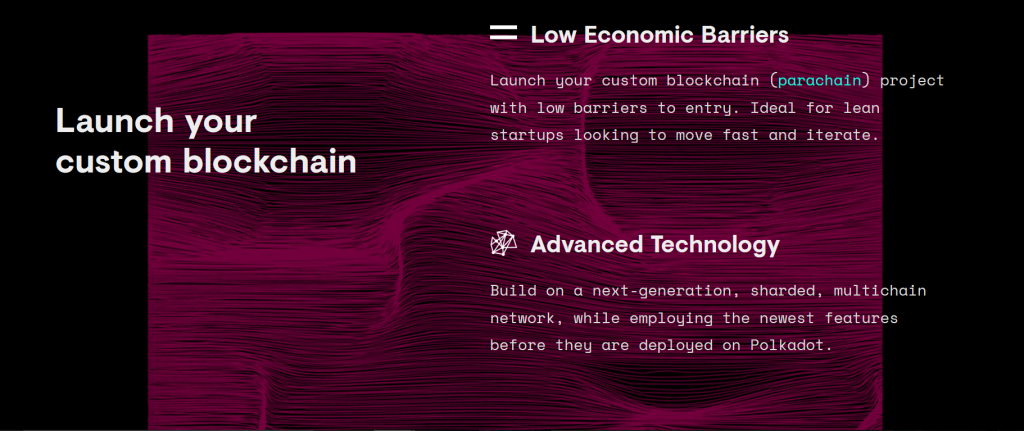
Additionally, the Relay Chain uses the nominated proof-of-stake consensus. This is a variation of the proof-of-stake consensus. It helps keep the network in agreement about the state of the system. Moreover, it allows users to perform various roles in the network.
The Parachains are a simplified blockchain. They rely on the security provided by the Relay Chain. Further, they use the computing resources of the Relay Chain to confirm the accuracy of transactions. The Parachain requires a Parachain slot. This slot is acquirable via auctions.
These two blockchains work together to form Kusama. They form a fast and versatile network. This makes Kusama ideal for testing new projects. Moreover, developers test out Polkadot’s updates on Kusama before releasing them.
Can Investors Mine Kusama Coins?
The process of getting rewarded for creating new blocks is different on Kusama. Validators add new blocks to the network. They receive a reward for this and for maintaining the network. However, to become a validator, you require a certain minimum number of KSM tokens. This number is dynamic and changes from time to time.
Additionally, nominators take a passive investing role in the network. They do this by delegating their KSM to up to 16 validators. They receive rewards for this. The rewards are dynamic and change from time to time.
Further, there are other ways to obtain Kusama tokens without buying. Number one is being a dot indicator token holder. Kusama offers KSM tokens to anyone who purchased Dot tokens during Polkadot’s ICO. Dot indicator holders can follow a few steps to claim an equal amount of KSM tokens. There is no deadline to claiming KSM tokens.
Another way is to submit a treasury proposal. This applies when you have a project that can add value to the network. Then you can submit a treasury proposal and receive some Kusama tokens. Since Bitcoin there are multiple coins that have emerged in the market. They are trying to make adjustments and improve the technology.
Further, you can obtain KSM coins through a faucet. Anyone can get KSM through a frictional proof of work faucet. However, there are a few requirements to meet. For example, you must have a GitHub account that dates back past 21st June 2019.
User Roles on Kusama
There are several roles that users can play in the Kusama ecosystem. These roles are similar as in the Polkadot network. Let’s look at them.
Builders
These are the developers of various aspects of the network. They build parachains, parathreads, bridges or block explorers. There are many reasons why developers choose Kusama as a site of development.
One is because Kusama uses the same code base as Polkadot. It ensures developers will have the same experience as building on Polkadot. Additionally, developing on Kusama is faster than on Polkadot. Developers can easily move projects to Polkadot when they are ready. Finally, deploying on Kusama is likely to be less expensive.
Network Maintainers
There are several players that maintain the network. These include validators, nominators, collators, and governance actors.
The role of nominators is to choose good and reputable validators. They do this by delegating their tokens to the validators they choose. In return, they receive a portion of the block rewards of the validators.
The collators create blocks on the parachains. These blocks contain the most up-to-date transactions. Collators have to stake KSM to connect the parachain to the Relay Chain.
Finally, the validators take over. They are responsible for maintaining the network by adding new blocks. Additionally, they have to reach a consensus with other validators. They receive a reward in the Proof of Stake model. However, they can lose some KSM if found to be acting maliciously. New validators are chosen every 24 hours.
Governance Actors
The players in this role determine how Kusama evolves. Actors can submit proposals to change or improve the Kusama code. However, one requires a certain minimum number of Kusama tokens to participate. This value is dynamic and changes from time to time. There are three main branches in this section. These include the referendum chamber, the council and the technical committee.
Privacy and Security
Kusama provides one of the most secure networks. The community of decentralized validators help maintain security. They operate on a proof of stake system that ensures all transactions are accurate. Moreover, the network prevents any alteration of transactions.
Therefore, this is a secure and transparent network. The developers of this network regularly audit the system to ensure it is still safe. Therefore, users can have peace of mind about the security of this platform.
Our Take on Kusama
Kusama is an imposing system. It is robust and allows for quick release of projects onto the Polkadot blockchain. Further, Kusama provides new projects with some much-needed traction. This means that projects have an audience even before they hit Polkadot. There are just so many things to get excited about.
Moreover, the Kusama coin has excellent value in the market. The price of a single Kusama coin is 57.42 USD. The price is showing a steady gain.
Moreover, KSM tokens have a market cap of 486,499,799 USD. This places the coin at position 43 in market cap share. The circulating volume is 8,597,992 KSM coins. This is a coin that has great potential.
How to Buy Kusama Tokens
One of the easiest ways to obtain KSM tokens is by buying. Luckily, there are several exchanges that you can buy Kusama from. These include Binance, Bitfinix, Huobi Global, MXC and KuCoin. Additionally, you can sell your own KSM tokens at these exchanges.
Users can store their KSM tokens in a Kusama supported wallet. The imToken wallet allows you to store KSM tokens and other cryptocurrencies. It is available for download on Play Store.
Final Verdict
The value proposition of Kusama sells itself. In turn, the system is seeing continuous adoption among cryptocurrency enthusiasts. Additionally, the KSM tokens are seeing a steady increase in value in the market. It is a top 50 coin in terms of market cap share. This is a great coin to have in your portfolio.
 $97,172.00
$97,172.00
 $3,109.04
$3,109.04
 $1,528.07
$1,528.07
 $2,389.10
$2,389.10
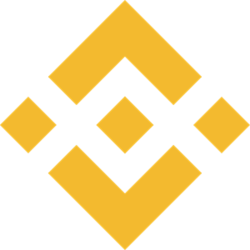 $609.61
$609.61
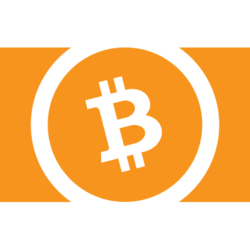 $516.49
$516.49
 $294.43
$294.43
 $161.98
$161.98
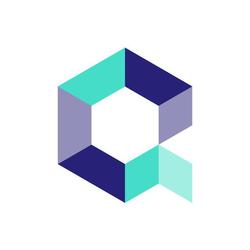 $88.85
$88.85
 $157.97
$157.97
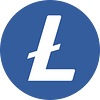 $86.66
$86.66
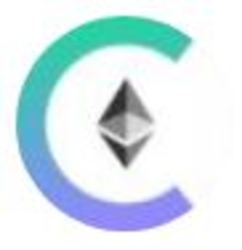 $74.47
$74.47
 $76.21
$76.21
